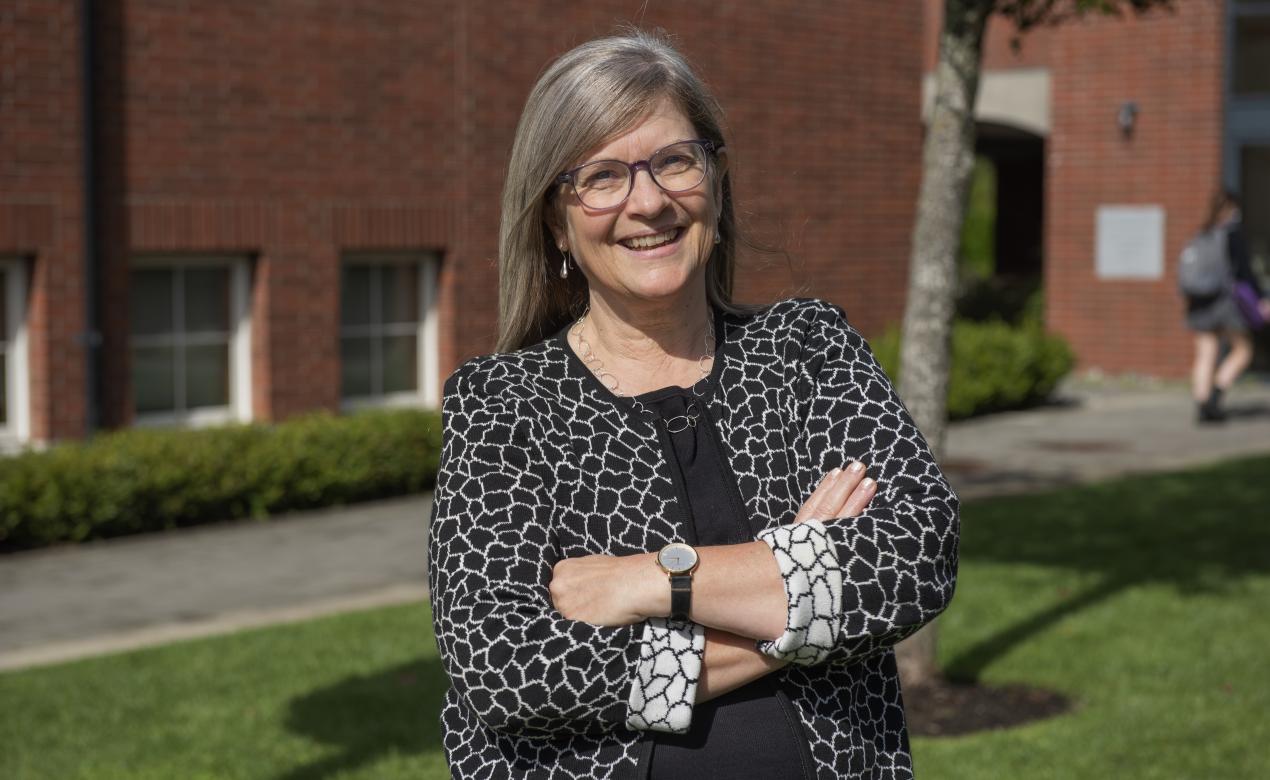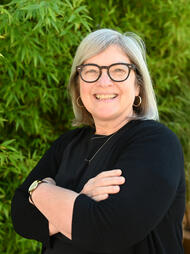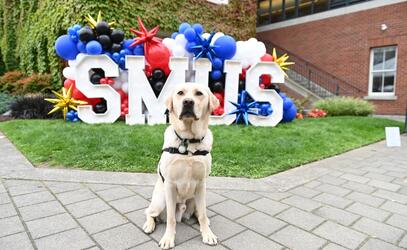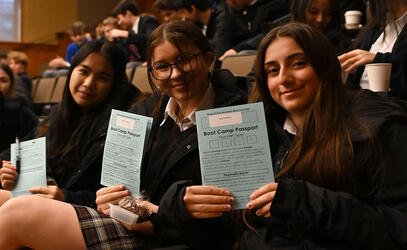
Rejection. Ouch. It’s a touchy subject. But it is on the minds of many Grade 12 students right now. In a recent Career Life Connections class, I asked my students what they’re nervous about as they get started on their university applications. With one voice came their response: rejection. Thus begins the conversation about how they’ll choose their university application list, how to anticipate their chances of getting accepted, and how to process the rejections that may come their way.
Whether your child is applying to a US or Canadian university, or to an institution in the UK or abroad, it is a challenging exercise to assess their potential for admission. Some universities are quite transparent about their admission process. Others, more opaque. Some publish their cut-offs, the academic average above which they’ll offer students admission. Others review an array of quantitative and qualitative data making it hard to know with certainty whether an offer of admission will come. But as University Counsellors, our familiarity with the admissions processes can offer students and families some direction and clarity.
Trends tracked in the United States show significantly higher numbers of applicants and applications per student in recent years, something we are also seeing in Canada at a few high profile institutions. Without any appreciable increase in enrollment numbers, the effect is a decrease in the admit rate: it’s just getting more competitive. Whether this is the effect of a post-COVID admissions landscape, or there are other factors to explain this trend, the result is uncertainty in predicting a student’s potential for offers of admission.
How do universities decide who gets in?
The metrics of admission vary widely from country to country.
Canada’s universities, with a few notable exceptions, admit students based on an academic average calculated over four to six Grade 12 courses, including any prerequisites. Some specific programs ask for supplements – written essays, résumés, interviews, portfolios – to help discern a student’s potential for success.
UBC is the most common example in Canada of a university that goes beyond just an academic average and uses a holistic approach to admissions for all applicants: they review a broad range of components, from academic achievement over Grades 11 and 12 to short essays reflecting on the student’s extracurricular activities and other characteristics.
In the USA, the university application is the most comprehensive expression of the holistic approach. Admission is based on a combination of the student’s academic achievements over four years of high school, plus any other quantitative measures of their academic performance (e.g. SAT or AP exam scores). US colleges and universities will also look at student application essays, their extracurricular pursuits, plus letters of recommendation.
The UK application is a hybrid of the two systems, with three major components: student achievement over Grades 11 and 12, a personal statement, and one reference letter. The UK is less concerned with students showing a wide range of pursuits, and more interested in knowing the student’s suitability for (and potential in) their chosen field of study.
What are my chances of being accepted?
Given the variety of admission practices that our students have to consider when choosing their list of where to apply, it is not surprising that they may find it hard to determine with accuracy where they have their best chances of admission.
Our guidance to them includes discussions on creating their list of schools, and being sure to choose a range of schools from what we call “reach, match and safety,” which describes their potential for admissions.
Reach schools will usually have dozens (or more!) of equally capable, high-achieving students for each spot they have available; at that point it is down to the college or university’s institutional priorities, which are not published to the applicant pool. It is almost impossible for students to accurately gauge their potential for admission.
Match schools on the student list are the ones that the student has done a significant amount of research about and can assess, with a fair degree of confidence, that their achievements and extracurricular profile are a good fit for the institution and that they are likely to receive an offer of admission.
Safety schools are those institutions with published admission criteria and prerequisite admission averages that the student exceeds; the student is confident of receiving an admission offer.
It’s crucial that students have a realistic understanding of their potential for admission, and this comes from doing adequate research into the universities where they will apply. When an ‘admission denied’ result appears, they can take a deep breath, remember not to take it personally, and wait for the next result. They will get accepted somewhere!
Support for the process
Parents can play a key role in supporting their child through this process. Letting your student be in the driver’s seat through the application process is important.
Students will get ample support in their Career Life Connections class this fall, as well as from their University Counsellor through one-on-one appointments, extracurricular workshops and info sessions. We understand the landscape well and can help guide them to make reasonable, calculated choices when it comes to deciding where to apply. And we, like you, will be there when and if a rejection arrives, and we can help them put it in perspective. They’ll eventually accept that rejection is part of the process, but along the way, cheerleading and encouragement is key!
Flipping the script may be the better approach: let’s talk in terms of acceptances. Once the student gets those offers of admission – and experience tells us that most SMUS students will be admitted to more than one institution (on average, 3) – they will then have a decision to make of which offer to accept. That’s a topic for another article; for the time being, our job is to help prepare them for the next steps, and for the bigger journey ahead of them when they move on to their post-secondary destination and life after high school.



